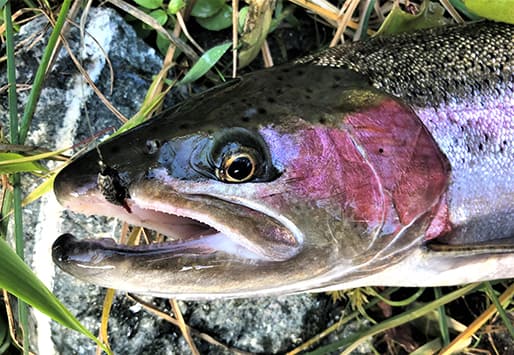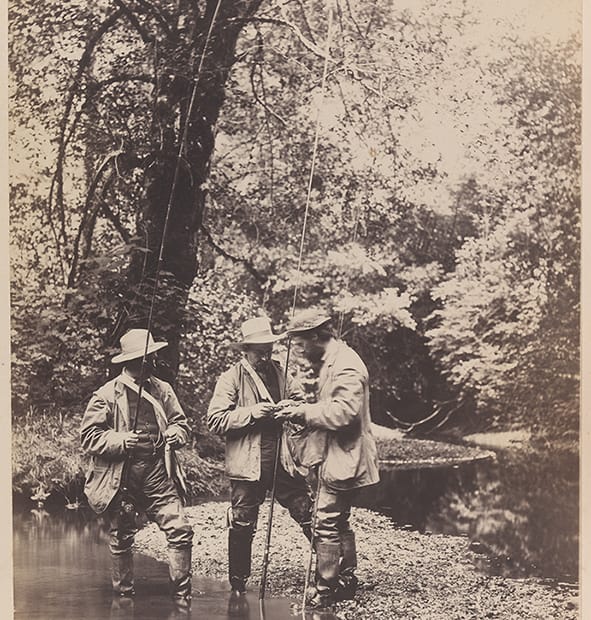the shrewd & tantalizing california steelhead
Types of Steelhead If you fish for the shrewd and tantalizing California steelhead, you may have heard them called either summer or winter steelhead. But what does that mean and is it easy to tell them apart? In this blog post, I explain the difference between these two ecotypes. These are groups of fish that have adapted because of different environmental conditions. Winter steelhead are fish that mature in the ocean and enter freshwater ready to spawn. They usually arrive… Read More »the shrewd & tantalizing california steelhead


















